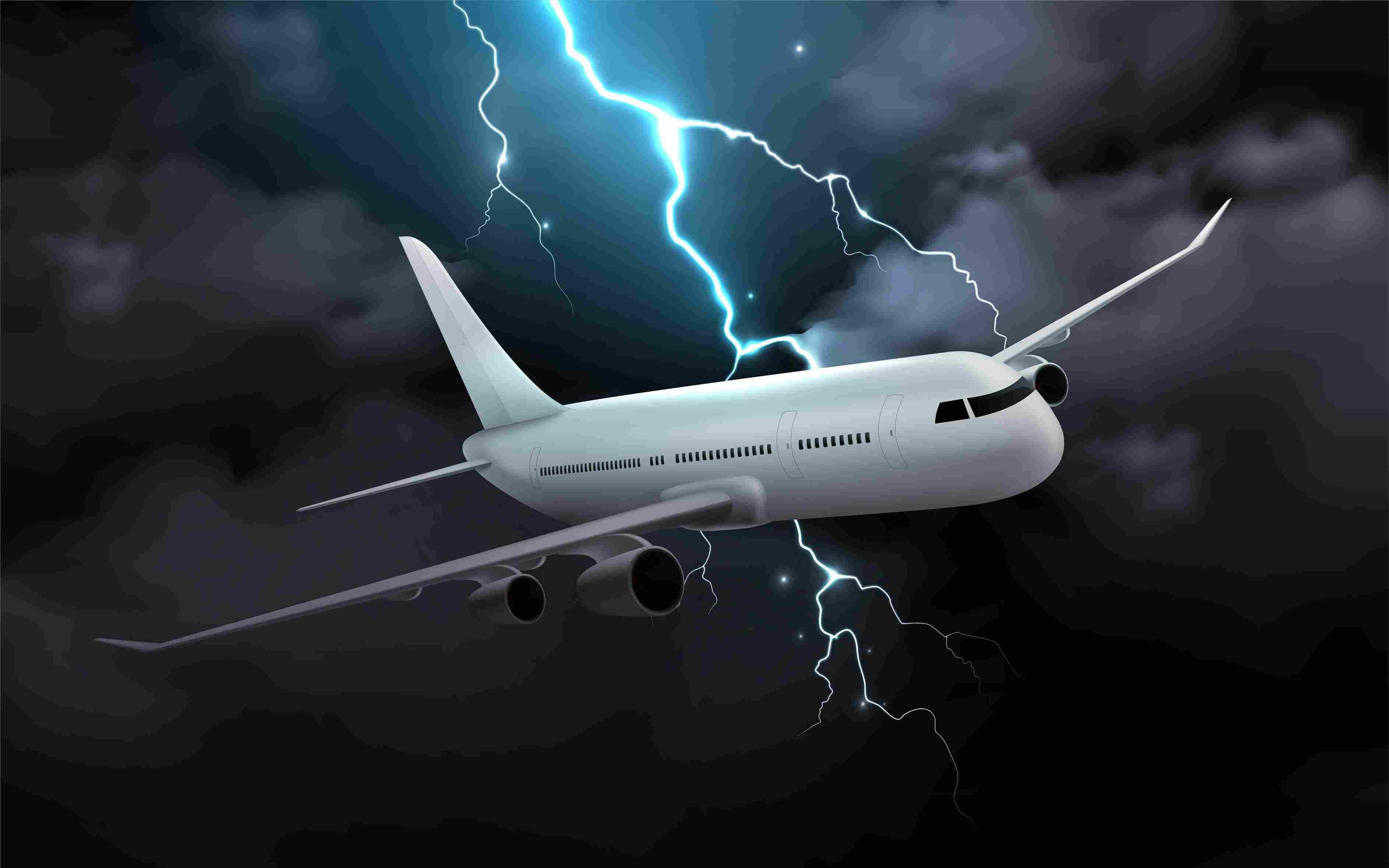How Safe Are Mountain Flights in Nepal? Everything You Need to Know
Mountain flights in Nepal offer travelers a unique chance to witness the majestic Himalayas from the sky. These flights have become popular among tourists seeking an unforgettable aerial experience. Nepal's various scenery, including towering peaks like Mount Everest, are most enjoyable from above. However, some travelers have concerns about the safety of these mountain air flights. Choosing a reliable travel company is essential for a safe journey. Hamro Safar is a trusted travel and tour company in Nepal. They specialize in booking mountain flights and other domestic or international flights.
Understanding Mountain Flights in Nepal
Mountain flights are scenic aerial tours that showcase Nepal's Himalayan range. Unlike regular flights that transport passengers between destinations, these flights depart and return to the same airport, focusing solely on sightseeing. The most sought-after route offers breathtaking views of Mount Everest and neighboring peaks. Several airlines operate mountain flights in Nepal, including Buddha Air, Yeti Airlines, and Shree Airlines. These carriers provide early-morning flights to maximize visibility and ensure a memorable experience.
Safety Standards and Regulations
Nepal's aviation industry operates under the Civil Aviation Authority of Nepal (CAAN) oversight. CAAN guarantees strict safety regulations to ensure the safety of passengers and crew. Airlines conducting mountain air flights must adhere to these guidelines, which align with international aviation standards. Pilots operating these flights are experienced and undergo strict training to navigate Nepal's challenging terrain. Additionally, airlines utilize advanced aircraft with modern navigation and safety systems to enhance flight safety.
Weather Conditions and Their Impact on Safety
Weather plays a crucial role in the safety of mountain flights in Nepal. The Himalayas are known for their unpredictable weather patterns, which can change rapidly. Wind speed, cloud cover, and visibility directly affect flight operations. Airlines closely monitor weather conditions before departure to ensure a safe journey.
Key Aspects of Weather and Its Impact on Mountain Flights
Mountain flights are carefully planned to prioritize safety. Travelers should remain flexible with their schedules in case of weather-related changes. Booking with a reliable tour company like Hamro Safar ensures a smooth experience, with timely updates and alternative arrangements if needed.
- Clear Visibility for Safe Flying
Mountain flights rely heavily on clear skies for a beautiful view of the Himalayas. Pilots need good visibility to navigate through the mountainous terrain safely. Poor visibility due to fog, clouds, or heavy rain can make flying risky, leading to delays or cancellations.
- Early Morning Scheduling for Best Conditions
Flights are scheduled in the early morning hours, typically between 6:00 AM and 9:00 AM. During this time, the air is usually calm, and the visibility is at its best. The chances of clear skies are higher, providing passengers with an optimal viewing experience.
- Wind and Turbulence Considerations
Strong winds and turbulence are common in high-altitude areas. Pilots assess wind speeds before takeoff to ensure smooth flying conditions. If turbulence levels are beyond the safety threshold, flights may be postponed for passenger safety.
- Flight Cancellations and Delays for Safety
Airlines follow strict safety protocols, prioritizing passenger security over maintaining schedules. If weather conditions are not favorable, flights can be delayed or canceled. This ensures that flights operate only when it is safe to do so. Airlines usually provide rescheduling options or refunds in such cases.
- Seasonal Weather Patterns
The best seasons for mountain flights in Nepal are spring (March to May) and autumn (September to November). These seasons offer stable weather, clear skies, and minimal chances of flight disruptions. Monsoon season (June to August) brings heavy rain and clouds, while winter (December to February) may have fog, which can affect visibility.
Safety Records of Mountain Flights in Nepal
While Nepal's aviation sector has faced challenges, mountain flights have maintained a commendable safety record. The controlled nature of these flights, combined with experienced pilots and strict attention to safety protocols, contributes to their reliability. When compared to other adventure tourism activities in Nepal, mountain flights are considered relatively safe. It's essential to address common misconceptions and recognize that the industry continually tries to enhance safety measures. Airlines operating mountain flights pay attention to the high safety standards set by the Civil Aviation Authority of Nepal (CAAN). Key Safety Measures in Mountain Flights:
- Regulatory Oversight by CAAN.
- Highly Trained and Experienced Pilots.
- Use of Modern and Advanced Aircraft.
- Strict Pre-Flight Safety Checks.
- Weather Monitoring for Flight Safety.
- Emergency Response and Safety Equipment.
- Early Morning Scheduling for Best Flight Conditions.
Choosing the Right Airline and Tour Operator
Choosing a trusted airline and tour operator is important for a safe and enjoyable mountain flight experience. Travelers should research airlines' safety records, customer reviews, and attention to safety regulations. Hamro Safar stands out as a trusted travel and tour company in Nepal. They offer seamless booking services for mountain flights, ensuring travelers have a hassle-free experience. Their commitment to customer satisfaction and safety makes them a preferred choice for many.
Tips for a Safe and Enjoyable Mountain flight Experience
- Flexible Booking: Opt for flights with flexible schedules to accommodate potential weather-related delays or cancellations.
- Optimal Seasons: Plan your mountain air flight during Nepal's spring (March to May) or autumn (September to November) seasons. These periods typically offer stable weather and clear skies.
- Altitude Awareness: While mountain flights don't involve landing at high altitudes, it's essential to be aware of altitude changes. Stay hydrated and follow any guidelines provided by the airline.
- Pre-Flight Preparation: Arrive at the airport early, wear comfortable clothing, and bring a camera to capture the stunning vistas.
Conclusion
Mountain flights in Nepal provide a safe and unparalleled opportunity to witness the beauty of the Himalayas from the sky. With strict safety regulations, experienced pilots, and reputable airlines, travelers can start on these journeys with confidence. Booking through trusted companies like Hamro Safar ensures an effortless and enjoyable experience. Start on a mountain flight today and safely immerse yourself in the beauty of Nepal's towering peaks.
Frequently asked Questions
1.Are mountain flights in Nepal safe?
Yes, mountain flights in Nepal are safe. Airlines adhere to strict safety regulations set by the Civil Aviation Authority of Nepal. Experienced pilots and well-maintained aircraft further ensure passenger safety.
2.What happens if the weather is bad on the day of my flight?
If weather conditions are unfavorable, flights may be delayed or canceled to ensure safety. Airlines prioritize passenger well-being and will reschedule flights or offer refunds as necessary.
3.When is the best time to take a mountain flight in Nepal?
The best times for mountain flights are during the spring (March to May) and autumn (September to November) seasons. These periods typically offer clear skies and stable weather conditions.
4.Where can I book a safe and reliable mountain flight in Nepal?
You can book your mountain flight through Hamro Safar, a trusted travel and tour company in Nepal. They offer secure and well-planned mountain air flights, ensuring a memorable experience.
